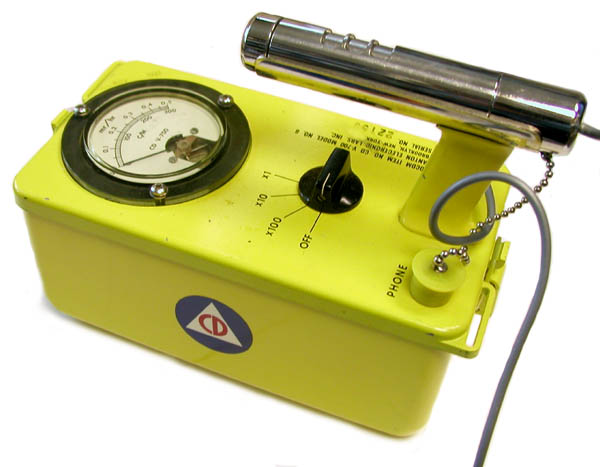Background
1. The Radiological Defence (RADEF) System was approved for implementation by the Cabinet Committee on Emergency Plans in November 1961. The System was established to provide radiation intelligence to municipal, provincial and federal emergency preparedness operations staffs. Such information, essential for control of population movement in a radioactive fallout environment and for post attack operations, was intended to be gathered by a civilian organization which would be trained, equipped and deployed according to established plans.
Recently (27 Aug 2024) Teena Monteleone, Journalist and Managing Editor for the PattisonMedia’s daily newsletter Northeast NOW, wrote a very interesting article about the Fallout Reporting Posts (FRPs) part of the Civil Defence attack warning “system”. See the following link for her article and its included Andrew Burtch Google-based map of the 1500 FRP locations: https://northeastnow.com/2024/08/27/more-than-100-cold-war-fallout-shelters-mapped-in-saskatchewan-by-military-historian/ “Fallout shelters, also known as Fallout Reporting Posts (FRPs) were built during the Cold War to thwart the effects of a nuclear attack on the country. Andrew Burtch is a military historian who has mapped as many of these remaining underground bunkers he can find”.
Responsibilities
2. Responsibilities for the system were shared by the federal and provincial/municipal governments. The federal government assisted the provinces in the planning phase, provided training standards and conducted courses, and acted as the central purchasing agency for appropriate detection equipment while the provinces provided personnel to be trained as Radiological Scientific and Radiological Defence Officers (RDO), conducted the training of radiation monitors in municipalities and distributed the detection equipment. The municipalities then established the local RADEF organization, recruited and trained the personnel. Much of this training was done at the Civil Defence College located at Arnprior, Ontario.
3. The radiation measuring and recording equipment (a large and diverse inventory of radiation survey and measuring meters, personal dosimeters and readers, slide rule type calculators and similar instruments) that was essential to the system was financed by Federal and Provincial funds on a 75-25% cost sharing basis with the maintenance of the program being entirely a federal responsibility. Approximately two million dollars had been spent on equipment purchases by the mid-seventies while sums ranging between $70,000 and $250,000 per year were spent on regular maintenance, instrument modification programs and the acquisition of new equipment.
4. As a result of a government-wide review of Civil Defence programs conducted during 1972-73, certain elements of the Radiological Defence System were transferred from Emergency Planning Canada (EPC) to the Department of National Defence(DND). This transfer was reconfirmed by Privy Council Order 1981-1305 (The 1981 Emergency Planning Order).
Operational Readiness Changes

5. The original planning for RADEF called for the system to be completely operational by 1975. This would have meant the identification of some 12,000 monitoring posts nation-wide, and an adequate number of trained Radiological Scientific and Radiological Defence Officers to staff the identified positions and posts. Although the provinces did identify their needs for detection equipment, the required attention to training needs was never fully carried out.
6. For much of the existence of the RADEF Program all provinces participated to (widely) varying degrees. Ontario phased out its Provincial Emergency Measures Program in December 1975 and at that time effectively opted out of the RADEF organization. In the mid ‘80s other provinces still had small numbers of trained radiological defence officers to staff the Regional, Zonal and Municipal Emergency Government Headquarters. The training that there was was generally conducted by DND, supported by EPC at their Arnprior training facilities. The cost of this training was borne by the federal government.
7. By the late ‘80s/early ‘90s preparatory activity related to the RADEF System had declined significantly, to the point that it could no longer be considered operational. Some pockets of expertise remained. In Prince Edward Island training had been conducted sporadically, but generally across the country very little capacity remained as of 1992. Only two RDO courses (with a total of 30 vacancies) were being offered in 1991-92. This was down from a high of seven such courses a year (with 20 students each) in the early to mid ‘70s. From a high of about 750 trained and certified RDOs, by 1992 the System was down to 100. No Radiological Scientific Officer courses had been run since 1975 and the training of local monitors had been non-existent for many years. The equipment maintenance aspects had continued up until that time, however an increasingly high percentage of instruments were being declared beyond repair and scrapped without replacement.

